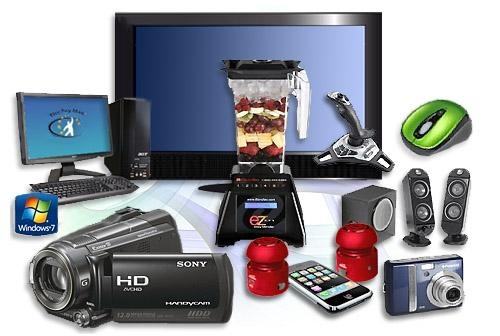Common safety testing items for electronic products
Date:2024-08-05 16:00:00 Views:1229
electronic productSafety testing is an important step in ensuring its safety and compliance. Different types of electronic products may require different safety testing items, but the following are some common safety testing items:
1. Electrical safety testing
· Insulation resistance testMeasure the resistance value of insulation materials to ensure that they can effectively prevent current leakage.
· Voltage withstand testApply a voltage higher than the normal operating voltage and check if the insulation can withstand it.
· Leakage current testMeasure the leakage current under normal working conditions to ensure it is within a safe range.
2. EMC (Electromagnetic Compatibility) testing
· Radiation interference testMeasure the electromagnetic radiation emitted by the product during operation to ensure that it does not exceed the specified limit.
· Anti interference testingTest the stability of the product under external electromagnetic interference.
3. Mechanical safety testing
· Drop Test Simulate the falling situation of the product during transportation and use, and check its structural and functional integrity.
· Impact testingTest the product's ability to withstand impact.
4. Thermal safety testing
· Temperature rise testMeasure the temperature rise of the product under normal working conditions to ensure that it does not overheat and cause fire or other hazards.
· Thermal cycle testSimulate the impact of environmental temperature changes on product performance and safety.
5. Material safety testing
· Material composition analysisCheck whether the material contains harmful substances (such as heavy metals, halogens, etc.) to ensure compliance with environmental regulations (such asRoHS).
· Combustion testCheck the combustion performance of materials and evaluate their safety in the event of a fire.
6. Waterproof and dustproof test
· IP level testingAccording to international standards (such asIEC 60529) tests the waterproof and dustproof capabilities of products.
7. Battery safety testing(If applicable)
· Short circuit testCheck the safety of the battery in the event of a short circuit.
· Overcharging/Over discharge testTest the performance of the battery under overcharging and overdischarging conditions to ensure that no danger occurs.
8. Certification and Marking
· Compliance certificationAccording to the requirements of the target market, obtain the corresponding compliance certification (such asCE、UL、FCC等)。
9. Service life and reliability testing
· Accelerated aging testSimulate the performance changes after long-term use and evaluate the reliability of the product.
These testing items can be adjusted and supplemented according to specific product types and applicable regulations. Ensuring that electronic products pass these safety inspections is a key step in protecting consumer safety and achieving market access.




 Weixin Service
Weixin Service

 DouYin
DouYin
 KuaiShou
KuaiShou






















